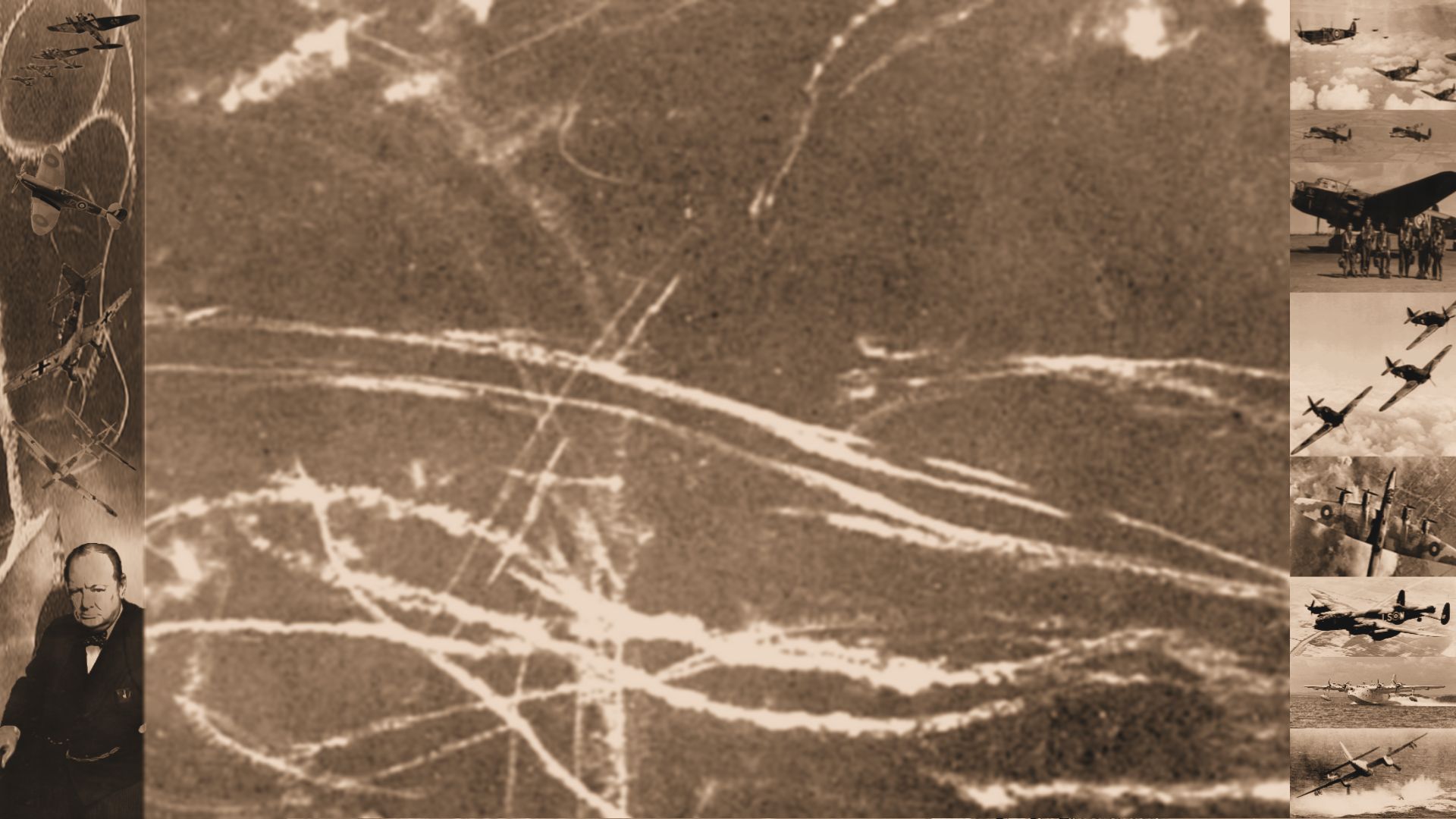The Bristol 'Beaufighter' was developed in about 8 months by using sections from the earlier designed Bristol Beaufort. It was given more powerful engines and a variety of modifications making the aircraft capable of many tasks. It was a night fighter, fighter bomber and torpedo bomber performing anti-shipping duty as well as ground attack and long range interdiction. The different variants, 14 in all, were capable of carrying bombs, torpedoes, rockets, canons and machine guns. The Beaufighter was operated by 11 countries.
Development
1941 saw the development of the Beaufighter Mk.IC long-range heavy fighter. This new variant entered service in May 1941 with a detachment from No. 252 Squadron operating from Malta. The aircraft proved so effective in the Mediterranean against shipping, aircraft and ground targets that Coastal Command became the major user of the Beaufighter, replacing the now obsolete Beaufort and Blenheim. The Hercules Mk XVII, developing 1,735 hp (1,294 kW) at 500 ft (150 m), was installed in the Mk VIC airframe to produce the TF Mk.X (Torpedo Fighter), commonly known as the 'Torbeau'. The Mk X became the main production mark of the Beaufighter. The strike variant of the 'Torbeau' was designated the Mk.XIC. Beaufighter TF Xs would make precision attacks on shipping at wave-top height with torpedoes or '60lb' RP-3 rockets. Early models of the Mk Xs carried metric-wavelength ASV (air-to-surface vessel) radar with 'herringbone' antennae carried on the nose and outer wings, but this was replaced in late 1943 by the centimetric AI Mark VIII radar housed in a 'thimble-nose' radome, enabling all-weather and night attacks.
Back to Top
In Service
Coastal Command began to take delivery of the up-rated Mk.VIC in mid 1942. By the end of 1942 Mk VICs were being equipped with torpedo-carrying gear, enabling them to carry the British 18 in (450 mm) or the US 22.5 in (572 mm) torpedo externally. The first successful torpedo attacks by Beaufighters came in April 1943, with No. 254 Squadron sinking two merchant ships off Norway. The North Coates Strike Wing of Coastal Command, based at RAF North Coates on the Lincolnshire coast, developed tactics which combined large formations of Beaufighters using cannon and rockets to suppress flak while the Torbeaus attacked at low level with torpedoes. These tactics were put into practice in mid 1943, and in a 10-month period, 29,762 tons (27,000 tonnes) of shipping were sunk. Tactics were further adapted when shipping was moved from port during the night. North Coates Strike Wing operated as the largest anti-shipping force of the Second World War, and accounted for over 150,000 tons (136,100 tonnes) of shipping and 117 vessels for a loss of 120 Beaufighters and 241 aircrew killed or missing. This was half the total tonnage sunk by all strike wings between 1942 and 1945. By the autumn of 1943, the Mosquito was available in enough numbers to replace the Beaufighter as the primary night fighter of the RAF. By the end of the war some seventy pilots serving with RAF units had become aces while flying Beaufighters. In the Mediterranean, the USAAF's 414th, 415th, 416th and 417th Night Fighter Squadrons received 100 Beaufighters in the summer of 1943, achieving their first victory in July 1943. Through the summer the squadrons conducted both daytime convoy escort and ground-attack operations, but primarily flew defensive interception missions at night.
Back to Top
In the Pacific
The Beaufighter arrived at squadrons in Asia and the Pacific in mid-1942. In the South-East Asian Theatre, the Beaufighter Mk VIF operated from India on night operations against Japanese lines of communication in Burma and Thailand. Japanese soldiers referred to the Beaufighter as Whispering Death, supposedly because attacking aircraft often were not heard (or seen) until too late. The Beaufighter's Hercules engines used sleeve valves which lacked the noisy valve gear common to poppet valve engines. This was most apparent in a reduced noise level at the front of the engine. In the South West Pacific theatre, the Bristol Beaufighter Mk IC was employed in anti-shipping missions with the most famous of these missions was the Battle of the Bismarck Sea, where No. 30 Squadron Royal Australian Air Force(RAAF) Beaufighters flew in at mast height to provide heavy suppressive fire for the waves of attacking bombers. They were used in the fire-suppression role where the Japanese ships were left exposed to mast-height bombing and skip bombing attacks by the US medium bombers. Eight Japanese transports and four destroyers were sunk for the loss of five aircraft, including one Beaufighter.
Back to Top
Statistics
By the time British production lines shut down in September 1945, 5,564 Beaufighters had been built in Britain by Bristol and also by Fairey Aviation Company at Stockport and RAF Ringway (498); also by the Ministry of Aircraft Production (3336) and Rootes at Speke (260). When Australian production ceased in 1946, 365 Mk.21s had been built.


